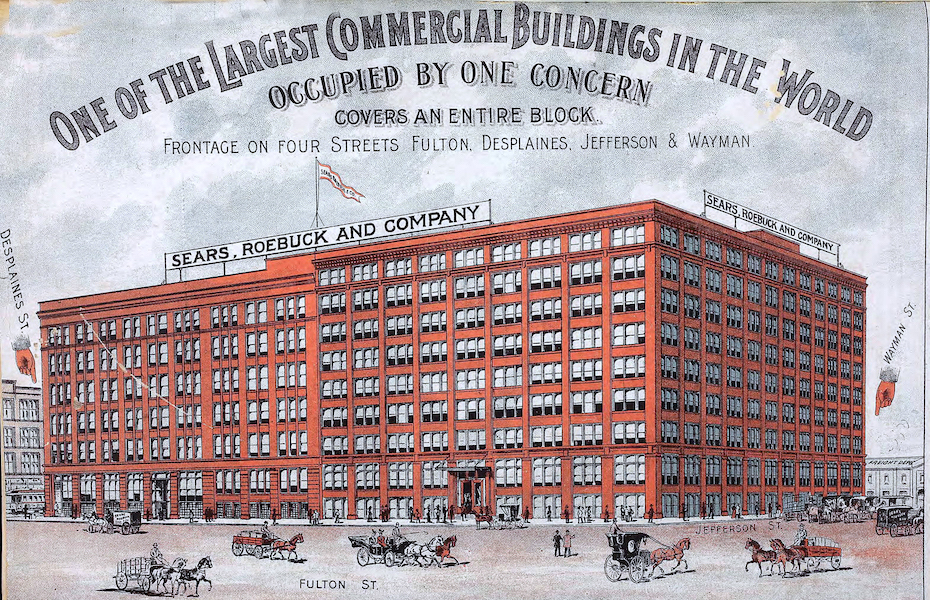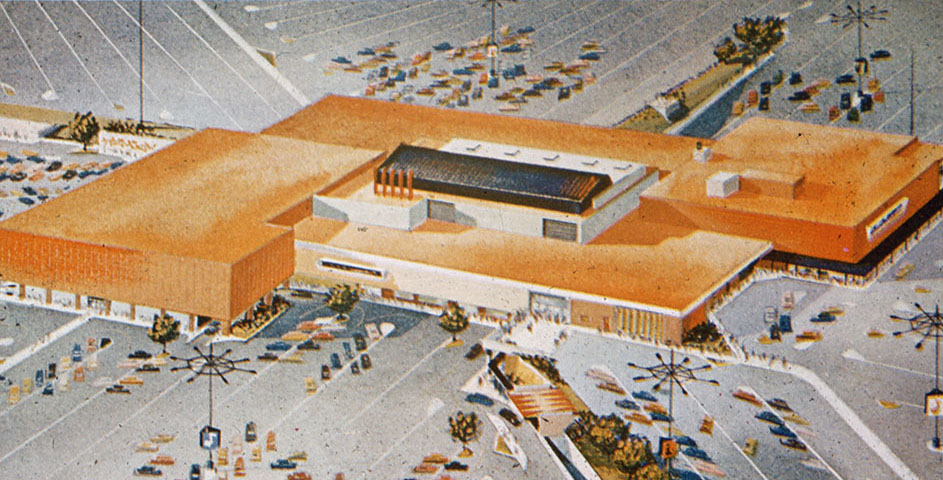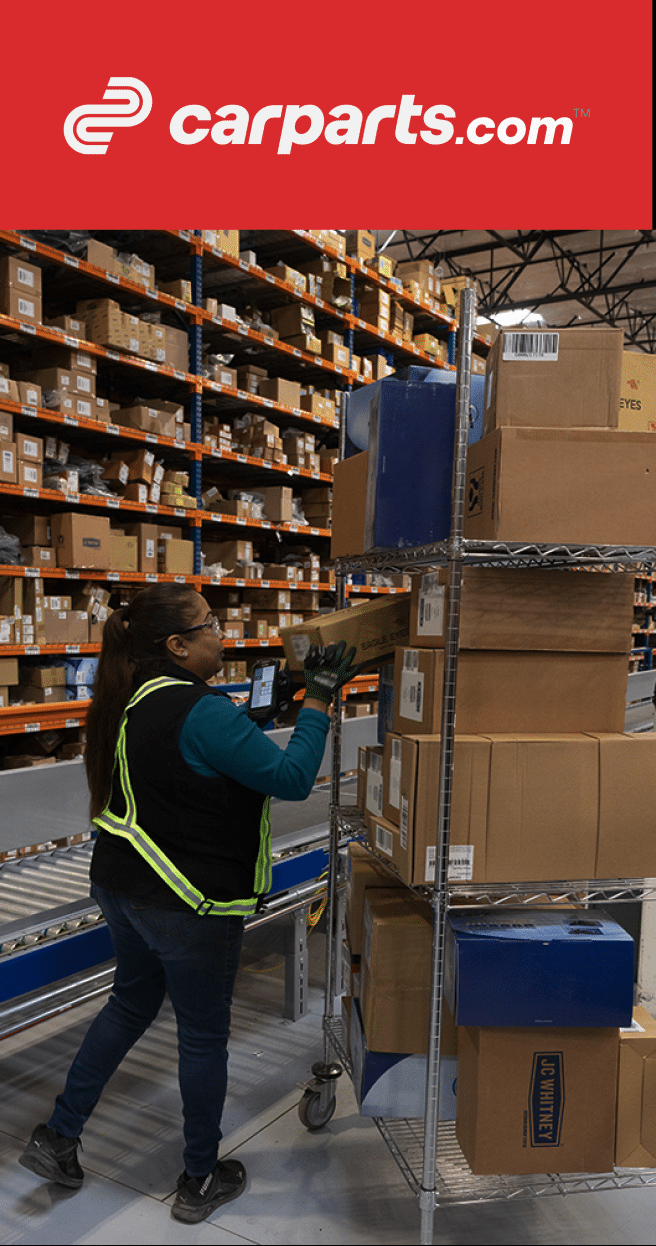
The Industrial Revolution kicked retailing into high gear with the production of merchandise moving off the farm to urban factories, and the volume of goods produced soared. One of the many innovations of the time was the department store, which became a hit with customers who could then browse several different types of merchandise during a single outing
A Shopper’s Paradise
Retail is defined as “the sale of merchandise from a single point of purchase directly to a customer who intends to use that product.” And for centuries, that “single point of purchase” was a shop. What we think of as “specialty shops” today were simply shops: the dressmaker, the butcher, the haberdasher, and the shoemaker. Most people shopped for food and clothing and other necessities, and the odd indulgence if time and money permitted.
Department stores, however, offered hundreds of items under a single roof, providing a new shopping experience for customers. Soon it became fashionable for people to spend hours looking at items on shelves or trying on hats or outfits, and shopping became a leisure activity.
The department store concept caught on like wildfire in Europe and the United States as retailers began catering to a new generation of customers flush with cash and a desire to keep up with the tastes of the times. The mid to late 1800s saw the birth of future retail giants Macy’s, Bloomingdale’s and Saks Fifth Avenue, among others.
Retail by Mail
One of history’s most well-known and successful department stores began business without actually having a physical store—offering its thousands of products via a catalog. Mail-order company Sears, Roebuck & Co., which was founded in the late 1800s, was the Amazon.com of its time. The Sears Catalog contained thousands of items, from clothing and toys to appliances, medical supplies, and even home-building kits. Much of this merchandise was housed in a massive distribution complex in Chicago covering a whopping 3 million square feet.

The Roaring 20s and Beyond
Sears enjoyed unprecedented growth and success for a quarter of a century by selling items at low prices to remote areas of the country, thanks to the reach of the U.S. Postal Service. By the mid-1920s, the company’s management looked to capitalize on the way in which the automobile was changing consumer behavior, and built what was the first Sears store in Chicago. Other locations quickly followed, and in-store sales began topping mail-order sales in a span of fewer than 10 years.
Bigger is Better
The department store as a concept manages to endure to this day, having survived two world wars, depressions, recessions, and ever-changing consumer expectations. Along the way, other retail businesses expanded from mom & pop stores to larger operations, aided by innovations like the cash register and in-home refrigerators that allowed people to buy food in bulk. One enduring example is the shopping cart, which was invented by the owner of a chain of Oklahoma supermarkets as a way to get his customers to spend more money. (So successful was his invention that even in today’s world of online retail, we still place our items in a “shopping cart.”)
Mall-Mania
As big as many department stores were, they were not big enough to satisfy post-World War II America’s appetite for shopping and insistence on convenience. The 1950s were the height of American car culture, with drive-up restaurants and drive-in movies all the rage. But what if you lived in a place like Minnesota, where temperatures hovered around 20 degrees in the winter? Where could you go to spend your money comfortably?
That’s the problem that a Minneapolis-based department store chain addressed by building the Southdale Center, the oldest fully enclosed, climate-controlled shopping mall in the U.S. Opening in 1956, Southdale Center was similar to the Agora of Ancient Greece. It was a gathering place where people could shop a dizzying selection of merchandise, get a refreshment, and socialize. But this modern-day marketplace also came with parking spaces for more than 5,000 cars.

Southdale Center’s design would be replicated over and over again every U.S. state and in many countries around the world well into the 1980s and 1990s, culminating in 1992 with the opening of the Mall of America and it’s more than 300 stores under one enormous roof.
Malls even became cultural icons and set pieces for films like “Fast Times At Ridgemont High,” “Clueless” and “Mallrats,” but by the mid-1990s, innovation would yet again upend the fundamental merchant-customer relationship in a way that would result in a seismic shift in the modern retail landscape.
Coming up next—The History of Retail: Part III. The dawn of e-commerce and a robotics revolution.
